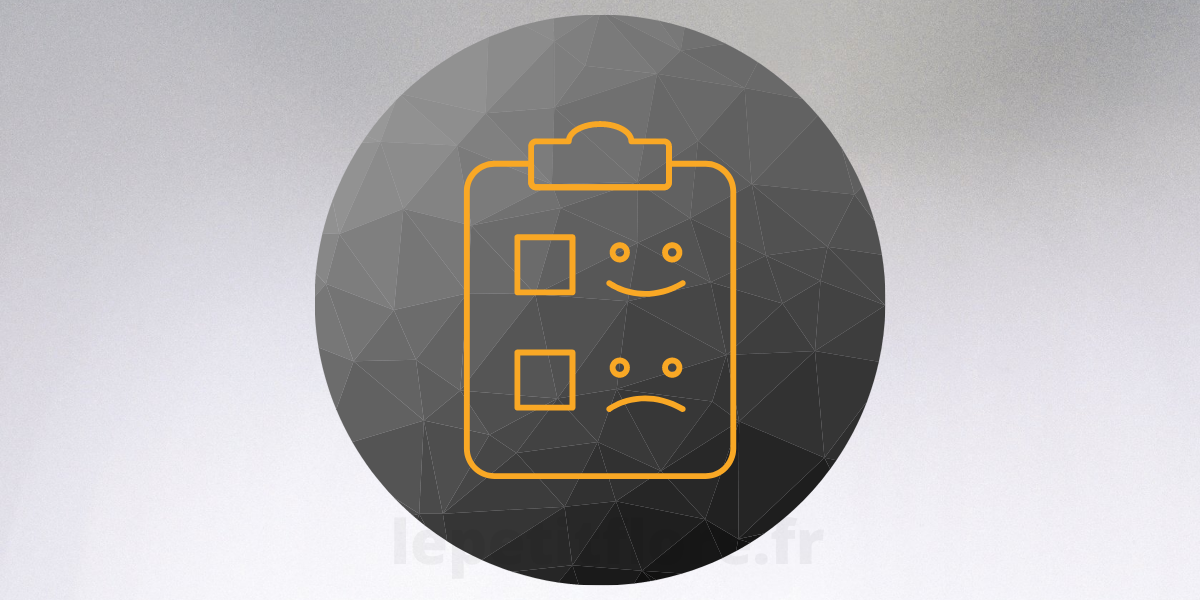6 Tips for Providing Useful Feedback to Your Graphic Designer

In the ideal scenario, both you and your graphic designer should be able to work in harmony on the ideal solution to your requirements the first time around. In reality, the process of designing is usually iterative when you and your designer try to connect your two perspectives to create a cohesive design, something that some be unable to do. That’s… acceptable.
The aim of the designing process is to bring together your ideas with the design’s expertise to get the best outcome. This is why providing valuable feedback can mean the distinction between brief success and a lasting marketing strategy that boosts your brand’s visibility while also attracting new customers.
Apart from the overall high quality of the final product, there are also real-time and budget effects with the revision and feedback process. An introductory brochure of $2,500 can quickly become a $6,000 project if feedback is spread over a period of several weeks. A two-month project on packaging could turn into five months of work in the event that feedback doesn’t meet the business and objectives in mind. It doesn’t leave the designer nor the customer happy with the outcome.
How do you provide valuable suggestions to your designer to help ensure your project stays on course? Here are six valuable tips:
1: Focus On Your Audience
The essential purpose of any design is to connect with your intended people. Put yourself in the position when you evaluate the style. For example, if you’re not a fan of yellow, however, the designer offers good reasons to believe it will interest your client. Don’t dismiss it just because of a personal dislike.
2: Be Specific
Your designer will assist you with a problem and, in order to be able to provide the best service, the designer needs to know what exactly you think isn’t achieving the design objective. Make sure you frame your feedback by indicating the design element you are referring to (i.e., font, color, image, etc.) that isn’t working and the reason. Remember that asking questions is the design team’s method to figure out the most effective way to improve the design and not to take away your idea.
3: Be Constructive
Your designer worked hard on a solution that he thought was ideal for the goals of your project. So, take time to be grateful for the effort put into it and search for positives before you pull out the red pen.
4: Take Your Time
Have you been caught saying the wrong thing in the heat or pressure of the situation? Feedback is just the same. If you’re not sure of the best way to present your criticism, go to bed and let it rest. It’s incredible to see what 24 hours can do to change your perception.
5: Ask Questions
Think that your designer has the highest of intentions and has the agreed-upon design approach in their mind. You should ask why they decided to choose one particular solution, even in the event that you aren’t convinced it’s a good fit for the plan – they might be able to surprise you and make you reconsider your perspective.
6: Compile Your Feedback
It is essential to gather feedback from all stakeholders that are part of the project into a single document, resolving any overlaps or conflicting ideas prior to presenting the feedback to the designer. You don’t want your final project to be scrutinized by directors after the fact and receive diverse feedback. This will help your designer save time and stress for your budget.
The process of design isn’t always easy. However, a bit of patience and a thoughtful approach to collaboration go far in helping your designer to create the ideal solution for your company. Naturally, having a base of trust and respect is crucial to a successful creative partnership. That’s why it’s crucial to choose the right firm or designer at the beginning, and that’s a whole separate piece.



